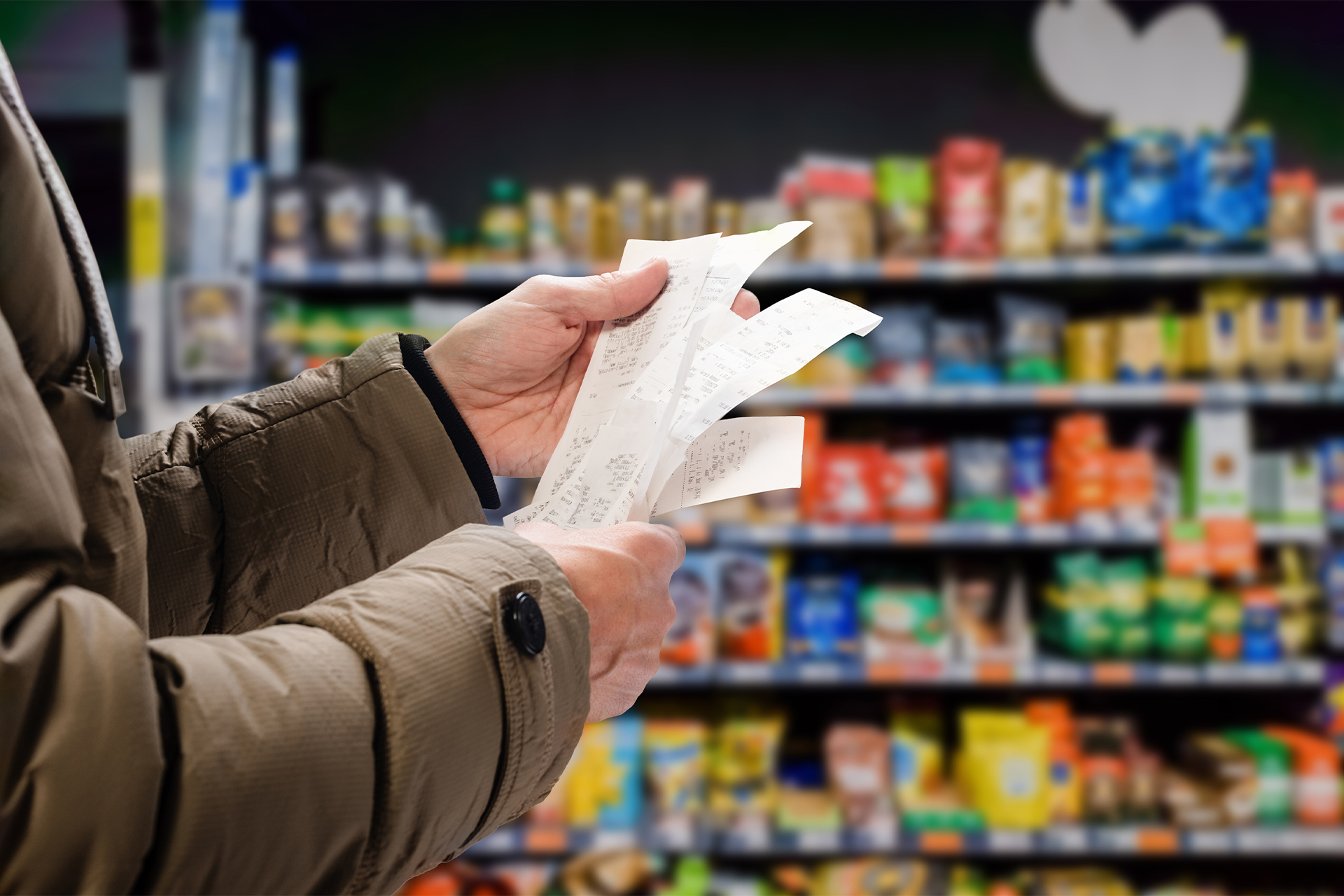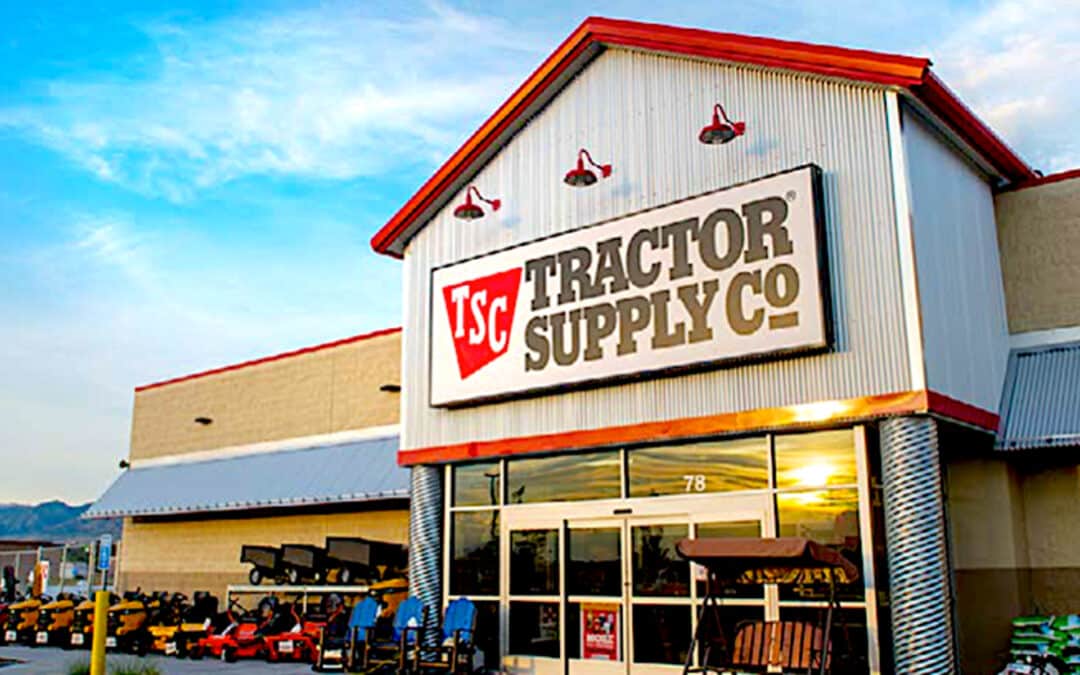Rising prices, debt, immigration concerns and weather are disrupting normal consumer behavior beyond the impact of tariffs, market research and analytics company Circana reported.
“Dynamic shifts in consumption are already occurring across consumer groups and retail segments,” said Marshal Cohen, chief retail industry advisor for Circana. “The consumer is in a state of confusion and trying to decipher how to prioritize their purchases in an environment of significant change.”
Since 2020, prices have risen across consumer goods, and wages have lagged, which has resulted in weakened consumer demand, Circana said. In 2023, general merchandise reached a peak average price increase of 25% over pre-pandemic 2019 levels, and demand had fallen as low as a 9% decline. In the fourth quarter of 2024, the average price increase of goods sold was up 17% and unit demand slowed to a 7% decline. Consumers have been choosing more mainstream or value product options, including private label, moving their spending away from more premium offerings.
Some spending shifts are specific to consumer groups, the company stated. Discretionary purchasing among Hispanic consumers continues to fall at a faster pace than non-Hispanic purchasing. The declines accelerated in the second half of 2024 and have continued through early 2025, resulting in the first time in two years that Hispanic consumer demand underperformed that of non-Hispanic consumers.
Other changes in consumption are regional, including those related to major weather events or natural disasters. In the first week of 2025, Southern California wildfires and Winter Storm Blair initiated spending disruptions that deepened discretionary spending declines from a 1% 2024 average to 4% for that week, said Circana. Winter Storm Enzo followed, resulting in double-digit discretionary dollar sales declines in the Gulf Coast. However, the unexpected storms and colder temperatures in the U.S. in January boosted the cold-weather categories of items that consumers needed in the moment.
“Unexpected events create unexpected needs, and put added pressure on consumers,” Cohen said. “As more uncertainty and new dynamics enter the picture, the consumer has made it clear that they will not continue to spend in their usual way.





